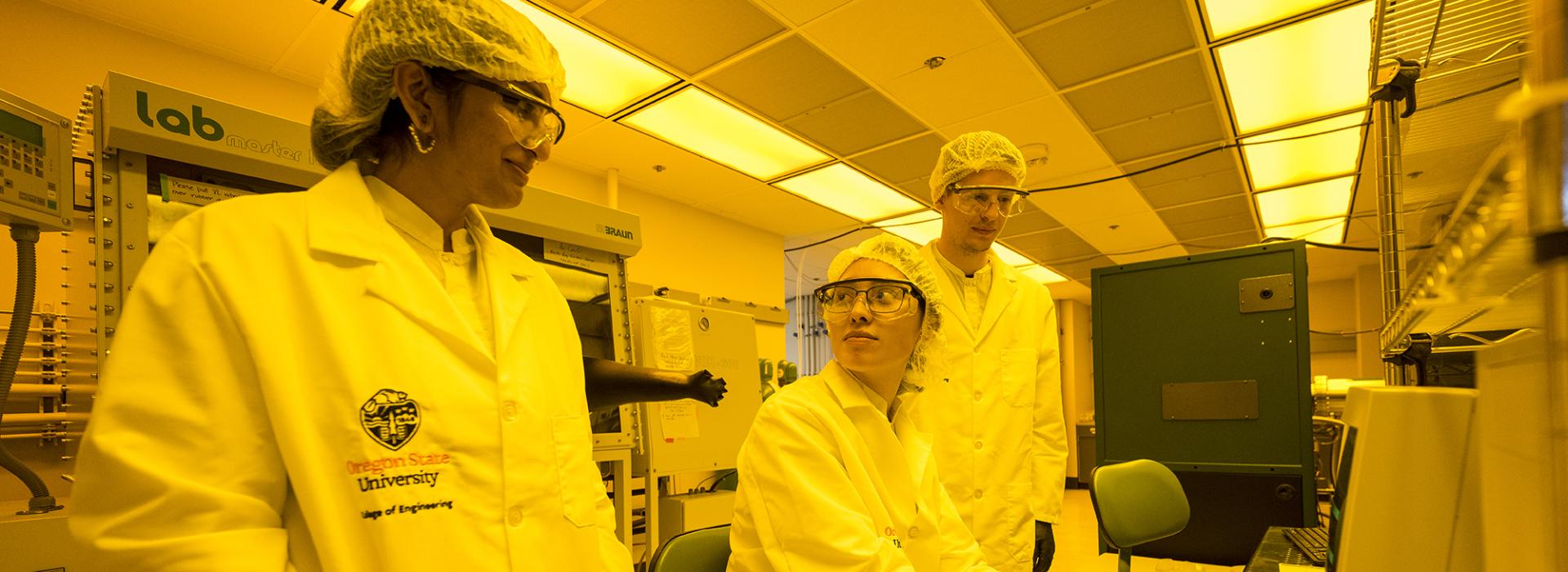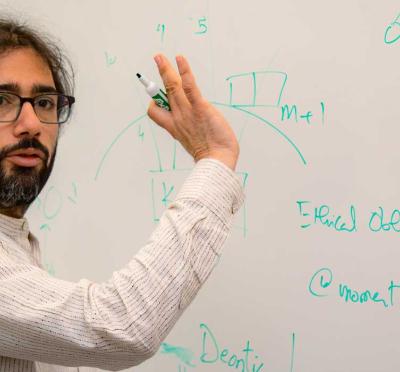Oregon State University stands as a beacon of innovation in semiconductor technology and advanced manufacturing. The university’s dedication to research is shaping the futures of critical industries, including chip manufacturing, biomedical applications, and environmental technologies. At the heart of these advancements are emerging techniques measuring thermal conductivity and additive manufacturing using laser sintering. These sophisticated techniques promise to revolutionize materials processing and evaluation at the microscopic level, offering unparalleled precision and efficiency in creating 3D structures. Specific applications include more efficient solar panels and intricate biomedical implants.
Breakthroughs in the measurement of thermal conductivity and laser sintering
Groundbreaking research in thermal heat transport and laser sintering at Oregon State is a testament to the institution’s commitment to technological advancement. Modulated photothermal radiometry, a sophisticated technique for evaluating a material’s thermal properties, is revolutionizing our understanding of the thermal transport through various materials. This method studies heat propagation through multi-layered materials, crucial in advanced semiconductor devices and provides a non-destructive means to assess the thermal properties beneath the surface. This insight is critical for ensuring the reliability and efficiency of complex electronic components.
Laser sintering is changing the paradigm of how materials are fused and formed. This technique uses high-powered lasers to bind materials at a microscopic level, enabling the creation of complex 3D structures with extraordinary precision. Essential in the fabrication of intricate semiconductor devices, the precision and quality afforded by laser sintering are paramount. Its adaptability extends to biomedical applications, opening new avenues for creating implants and devices with intricate designs and customized fittings.
A driving force in advanced research
Central to these research endeavors at Oregon State is Nirmala Kandadai, an assistant professor of electrical and computer engineering. Her expertise in high-intensity lasers and molecular gas clusters has advanced the university’s research in MPTR and laser sintering. Kandadai’s experience in creating high-power ultrafast laser systems — for applications like the U.S. Air Force’s 40 terawatt system and the European Extreme Light Infrastructure project — underlines her substantial contributions to the field.
Expanding horizons through collaborative research
Oregon State’s commitment to collaboration is exemplified in several partnerships where Kandadai is a key member:
- Department of Energy: This collaboration focuses on enhancing thermal transport for concentrated solar power. Leveraging expertise in laser sintering and MPTR, the project aims to develop materials for energy applications, particularly in renewable energy technologies. The goal is to achieve breakthroughs in thermal conductivity measurements at high temperatures and to replace the heat transport mechanism with sustainable and eco-friendly material.
- Department of Defense: In collaboration with the DOD, the project is centered on developing high-precision mid-infrared sensors and materials for defense applications using novel two-dimensional — or mono-layer — material. Kandadai’s work will study the heat transport of these novel materials.
- NASA: The collaboration with NASA involves applying laser sintering technology toward flexible hybrid electronics. This includes developing materials and manufacturing processes for the harsh conditions of space, focusing on lightweight, durable components for spacecraft.
- HP: An ongoing collaboration with HP represents a significant stride in bridging academic research with industrial applications. This partnership focuses on developing and characterizing novel thermal interface materials, pivotal in enhancing electronic device performance.
- Boise State University: Collaborative efforts with the Boise State University are centered on developing advanced sensors and optics for extreme environments, leveraging Kandadai’s expertise in ultrafast laser interaction and material sciences.
“Our work with laser sintering is not just about creating structures; it’s about redefining how we approach manufacturing in space and extreme environments,” Kandadai said. “For example, our NASA collaboration has the potential to fundamentally change how we think about manufacturing in space missions.”
Facilitating research with state-of-the-art facilities
MPTR and laser sintering at Oregon State are supported by the Materials Synthesis and Characterization Facility and the Advanced Technology and Manufacturing Institute. MaSC provides vital tools and expertise for material synthesis and analysis, crucial for research in MPTR and laser sintering. ATAMI, dedicated to advancing manufacturing processes and methods, supports research in laser sintering, offering a platform for exploring new manufacturing techniques.
A bright future for semiconductor and manufacturing innovations
Applications of MPTR and laser sintering promise to impact sectors such as chip manufacturing, biomedical devices, and environmental monitoring. Oregon State’s commitment to interdisciplinary research and collaboration characterize the university’s leadership in semiconductor and advanced manufacturing innovations.
As Oregon State continues to break new ground, it remains a prime destination for industry leaders, top Ph.D. students, and government agencies seeking to collaborate on pioneering technological advancements. The ongoing research and developments in MPTR and laser sintering are not just academic achievements; they are stepping stones toward a future where technology can transform industries and improve global quality of life.
To explore collaborative opportunities, or the semiconductor program in general, get in touch with us at: semi-osu@oregonstate.edu.



